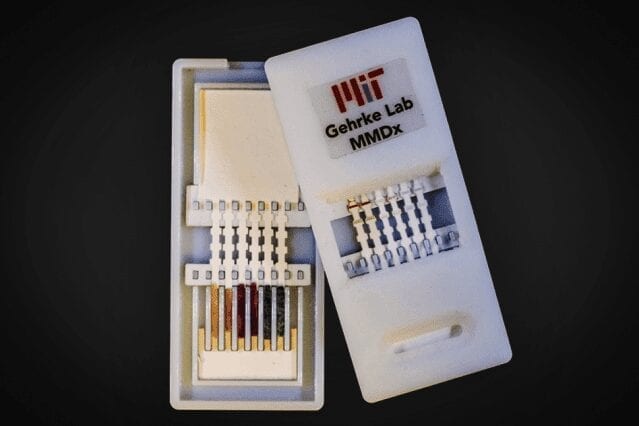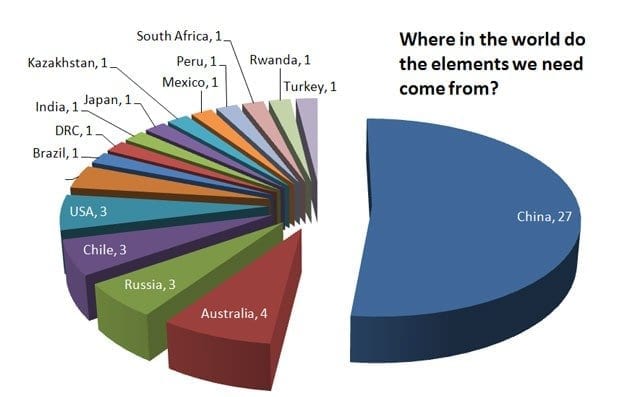
Program explores ways to assemble complex ideas from elementary ones given language and context
The lifelong human imperative to communicate is so strong that people talk not only to other people but also to their pets, their plants and their computers. Unlike pets and plants, computers might one day reciprocate. DARPA’s new Communicating with Computers (CwC) program aims to develop technology to turn computers into good communicators.
Straightforward as that may sound, communication involves several coordinated processes. The speaker puts ideas into words, the listener extracts ideas from words and, importantly, both rely on context to narrow down the possible meanings of ambiguous language. All of these processes are challenging for machines.
“Human communication feels so natural that we don’t notice how much mental work it requires,” said Paul Cohen, DARPA program manager. “But try to communicate while you’re doing something else –the high accident rate among people who text while driving says it all– and you’ll quickly realize how demanding it is.”
Human-machine communication falls short of the human-human standard, where speakers and listeners consider such contextual aspects as what has been said already, the purposes of the communication, the best ways to express ideas, who they are speaking with, prevailing social conventions and the availability of other modes of expression such as gestures. And so computers that might otherwise contribute more significantly to solving problems in a range of areas, including national security, remain in relatively simplistic roles such as crunching large datasets and providing driving directions.
To further the goal of developing systems that communicate more like people do, the CwC program will set tasks in which humans and machines must communicate to do a job. One task will involve collaborative story-telling, in which a human and a machine will take turns contributing sentences until they have written a short story. “This is a parlor game for humans, but a tremendous challenge for computers,” said Cohen. “To do it well, the machine must keep track of the ideas in the story, then generate an idea about how to extend the story and express this idea in language.”
Read more: DARPA SEEKS TO REMOVE COMMUNICATION BARRIER BETWEEN HUMANS AND COMPUTERS
The Latest on: Communicating with Computers
[google_news title=”” keyword=”Communicating with Computers” num_posts=”10″ blurb_length=”0″ show_thumb=”left”]
via Google News
The Latest on: Communicating with Computers
- iCode Reaches Milestone with 100th Franchise and Launches Innovative iSports League with MSI Computerson April 30, 2024 at 5:30 pm
DALLAS, TX / ACCESSWIRE / April 30, 2024 / iCode, a leading educational franchise specializing in computer science and robotics curriculum for children, today celebrates the significant milestone of ...
- Greeneville City Schools launches new app to streamline communicationon April 30, 2024 at 1:27 pm
Greeneville City Schools (GCS) has launched a new app for families to use on their mobile devices. The GCS app features a newsfeed for district and school ...
- Raspberry Pi-powered ShaRPiKeebo pocket computer is almost ready to ship (two years after crowdfunding)on April 30, 2024 at 12:06 pm
When the developers behind the ShaRPiKeebo launched a crowdfunding campaign two years ago, they hoped to begin shipping boards to backers by November, 2022. That didn’t happen. But in an update to the ...
- Sanford man offered $400 for sex acts with 10-year-old: warrantson April 30, 2024 at 10:34 am
Arrest warrants obtained by CBS 17 show a man accused of attempting to purchase a 9-year-old had also attempted to sexually exploit another 10-year-old.
- Dutch startup to test hearing via brain-computer interfaceon April 30, 2024 at 6:23 am
MindAffect has raised new funding for its hearing diagnostics solution that uses brain-computer interface technology.
- As work communication migrates to mobile devices, desk phones hang up for goodon April 29, 2024 at 3:59 pm
Barely a quarter of U.S. adults continue to own landlines. But wireless at work and home means you're always tethered to both.
- Quantum challenge to be solved one mile undergroundon April 29, 2024 at 8:32 am
Radiation from space is a challenge for quantum computers as their computation time becomes limited by cosmic rays. Researchers from Chalmers University of Technology, Sweden, and University of ...
- 2 Communication Stocks Likely to Stand Firm Amid Industry Gloomon April 29, 2024 at 6:37 am
The Zacks Communication - Infrastructure industry appears mired in escalating capital expenditures for infrastructure upgrades, unpredictable raw material prices owing to Middle East geopolitical ...
- The Meaning Behind “Computer Age” by Neil Young and Why It’s a Metaphor for His Attempts to Interface with His Sonon April 27, 2024 at 8:45 am
Neil Young released an electronic album one year after New Order’s debut Movement. But Movement still sounds like Joy Division, the post-punk band whose ashes New Order rose from following Ian ...
- Google Meet is making it easy to jump between your computer and phone in video callson April 24, 2024 at 9:59 pm
Seamless device transfer in Google Meet now live, a gamechanger for communication. New "Switch here" option allows transition between devices without missing a beat. Feature works across PC, iOS, and ...
via Bing News











